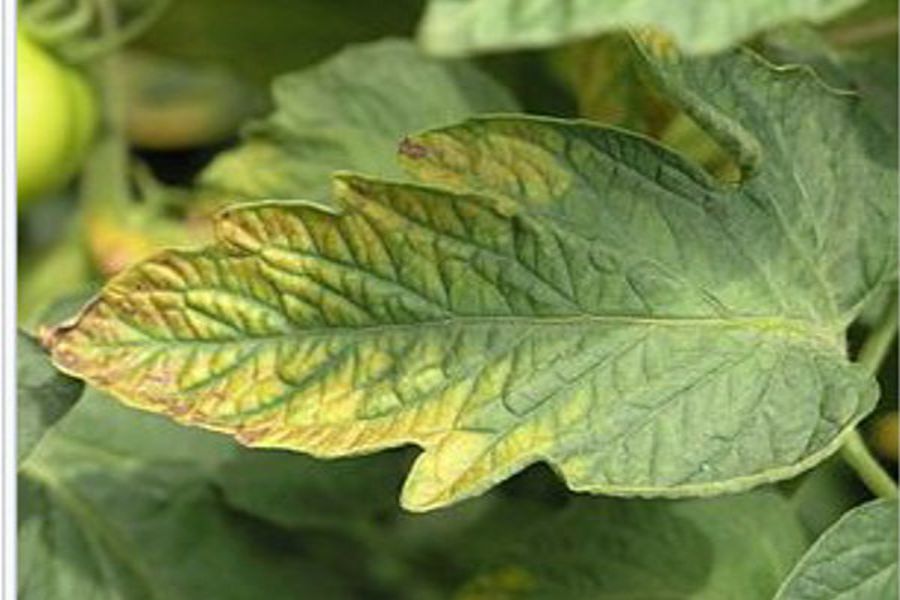Introduction
Potassium (K) is vital for tomato plants, influencing fruit development, disease resistance, and overall growth. Deficiency can reduce yield and quality. Identifying symptoms early is key to effective management.
Symptoms
-
Yellowing & Browning – Older leaves show yellow edges that turn brown.
-
Weak Growth – Slow growth, weak stems, and reduced vigor.
-
Poor Flowering & Fruit Quality – Fewer flowers, smaller fruits, and uneven ripening.
-
Increased Disease Susceptibility – Plants become prone to fungal and bacterial infections.
Causes
-
Imbalanced Nutrients – Excess nitrogen or calcium blocks potassium uptake.
-
Sandy or Overwatered Soils – Potassium leaches out quickly.
-
Low Organic Matter & Acidic Soil – Reduces potassium availability.
Solutions
-
Use Potassium-Rich Fertilizers – Apply MOP, SOP, wood ash, or composted manure.
-
Balance NPK Fertilization – Avoid excess nitrogen to prevent potassium deficiency.
-
Improve Soil Health – Add compost and organic matter to retain nutrients.
-
Maintain Soil pH (6.0–6.8) – Apply lime or gypsum if needed.
-
Foliar Sprays – Use potassium nitrate for quick correction.
